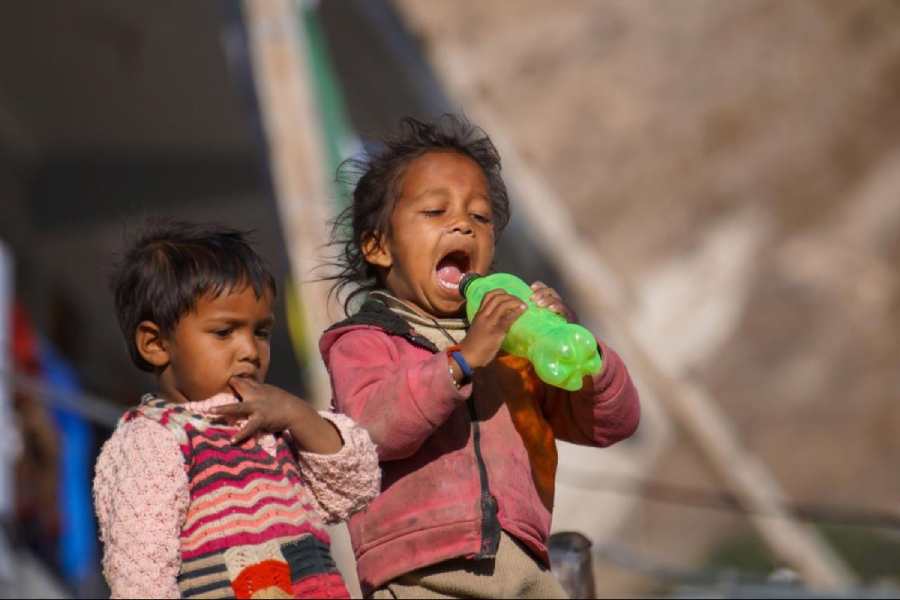Indian children are not keeping well. The recently released Global Hunger Index threw up grave data about child wasting (18.7%), child stunting (35.5%) and the prevalence of undernourishment (13.7%) among Indian children. This has now been followed by a study by the World Health Organization that has pinpointed a probable cause for this: some 77% of infants in India, aged between 6-23 months, do not receive the Minimum Dietary Diversity — a mixture of at least five out of the eight recommended food groups, including breast milk, grains, roots and tubers, legumes and nuts, dairy products, flesh foods, eggs, vitamin A-rich fruits or vegetables and other fruits and vegetables — that is required for healthy growth. Lest the Indian government dismiss this data as foreign mischief, it is instructive to note that as per the latest National Family Health Survey, 88.5% of the age group failed to meet the dietary diversity standards. This poor-quality diet is one of the most significant barriers to not only children’s survival, growth and development but also their learning abilities.
There are several challenges to ensuring MDD. The most formidable among these is food inflation — the price of pulses has increased by 10% in each of the 12 previous months. A majority of Indians, even non-vegetarians, derive their protein, a key nutrient for growth, from pulses. A report by a group of United Nations organisations has also shown that 55.6% of the Indian population cannot afford a healthy diet. Gender discrimination that adversely affects women is another hurdle. Children suffer on account of the lack of MDD in mothers, which leads to breast milk being inadequately nutritious. Studies also show that the level of education among mothers affects the dietary diversity of children. Girls, unsurprisingly, fare worse in MDD according to the WHO. Government policies on crops, too, leave a mark on MDD — years of disproportionate emphasis on rice and wheat cultivation have had a deleterious impact on the dietary diversity of all Indians, including children. There is also the mistaken belief that packaged food for children — 21% of the food budget in rural areas and 27% in urban areas is spent on this — can fulfil their dietary requirements. Policies related to food security thus need to be broadened to acknowledge the effect of a myriad conditions that leave a mark on children and their diets.











